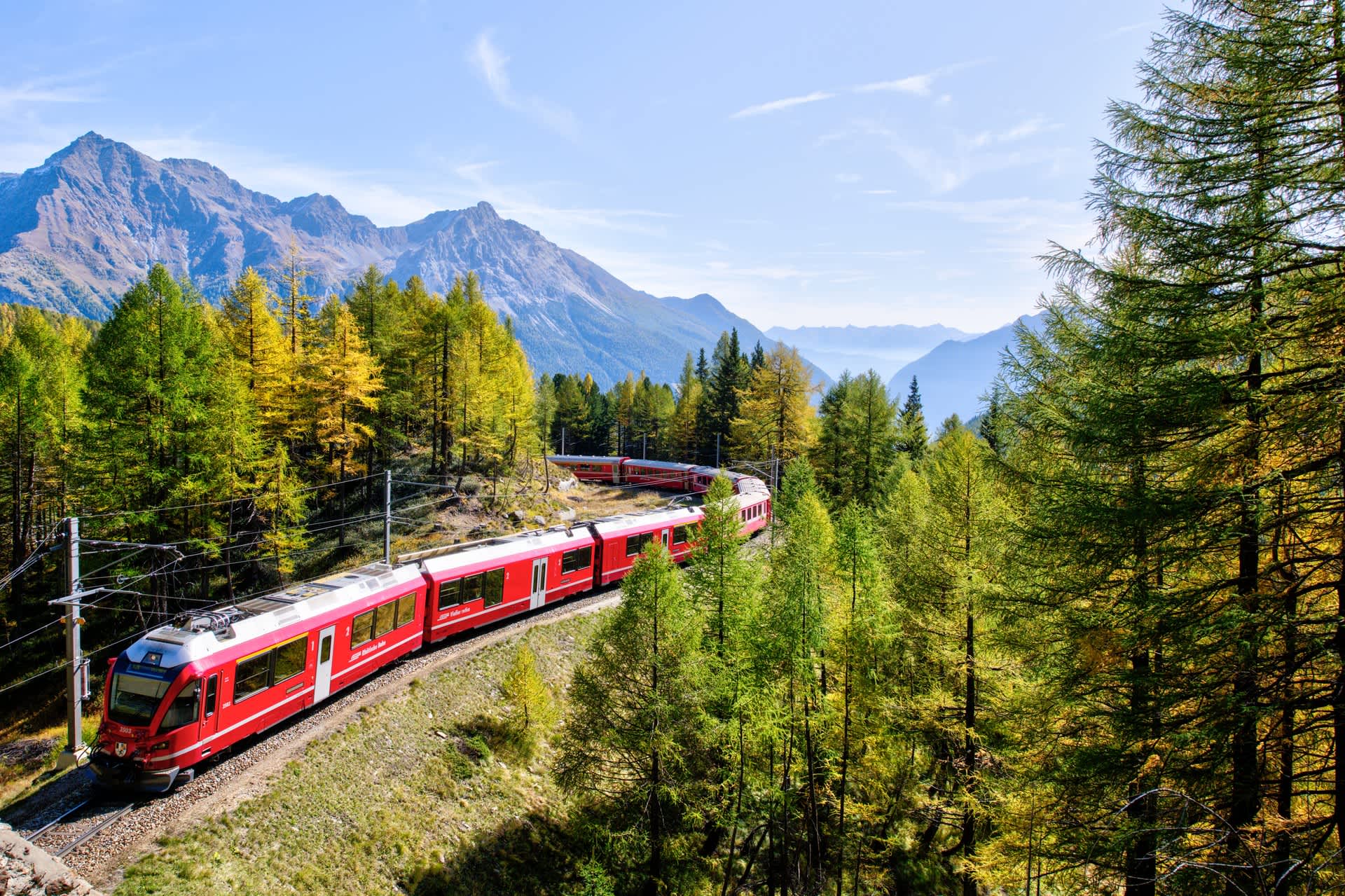6 of the best destinations for responsible travellers

Costa Rica

This isn’t the only way Costa Rica is helping the environment though. It’s also heading towards carbon neutrality, with over 99 per cent of its energy coming from renewable sources. Added to this is a reforestation programme, which has seen the destructive effects of logging in the mid-20th century reversed; today, 60 per cent of the country is covered by carbon-absorbing trees.
Want to pitch in with eco-friendly projects while you’re visiting? Help out local conservation organisations, such as the Corcovado Foundation, whose projects include the protection of sea turtles and ecosystem restoration.
Republic of Palau

The constitution of this tiny island nation enshrines the need for environmental conservation, and the archipelago isn’t shy about putting this principle into practice. In 2015, it declared 80 per cent of its waters a protected marine area, making it one of the world’s largest stretches of protected ocean.
But that’s not all: the country has made waves with responsible tourism, too. Upon arrival, travellers need to sign up to the Palau Pledge, a promise that they will act in a culturally and environmentally sensitive way while visiting. They’re also encouraged to use Ol’au Palau, an app that gives them points for responsible behaviour, including avoiding single-use plastics and using reef-safe sunscreen. As you gain points, you get access to new experiences and places – including the chance to visit normally off-limits parts of this tropical archipelago.
Bhutan

Beyond reducing CO2, Bhutan has also long been a leader when it comes to responsible tourism. For decades the country has restricted its visitor numbers as a way to avoid the pressures of overtourism. It also asks travellers to pay a sustainable development fee, which is used to protect Bhutan’s unique environment and culture, and fund community-focused projects such as free education.
The country’s approach doesn’t just benefit the environment and its citizens either – it’s a boon for any travellers heading here for a bucket-list trip, too. Not only will you be able to fully immerse yourself in the Bhutanese way of life, you’ll also be able to visit its mist-encircled clifftop temples, gilded Buddha statues and forest-clad national parks with barely another tourist in sight.
Milan

Milan is also getting creative when it comes to making the city more environmentally friendly. By 2030, 3 million trees will be planted here, with “green corridors” added to connect existing forests and enable wildlife to move more easily – not to mention creating pleasant avenues of leafy calm that you can stroll through. The city has also been taking impressive strides in reducing car use and boosting public transport – part of which includes making all of its buses electric by 2023 – making it even easier, and greener, to get around.
But Milan isn’t stopping there: it’s planning to make all new buildings zero-emissions structures, create more renewable energy sources, improve its recycling centres – we could go on. Suffice to say, this certifiably cool city is one of the world’s most climate-conscious; in fact, it's one of only 54 cities worldwide that’s currently on track to keep global heating below 1.5° C (34.7° C).
Namibia

Since the 1990s, Namibia has been home to a growing number of communal conservancies. These pockets of land are directly controlled by the local people, allowing them to act as stewards of the natural environment. This means that any money generated from that once-in-a-lifetime wildlife-watching trip will bring big benefits on the ground: funds go straight back to the local community, supporting both conservation activities – such as anti-poaching operations – and community projects, including health initiatives. Plus, you’ll get the chance to explore little-visited parts of the country (many of the conservancies are in remote areas), spy free-roaming wildlife up close and personal, and learn about the local community’s culture and heritage first-hand.
Scotland

Where the country is making really big strides, though, is when it comes to rewilding. Several different groups are attempting to rewild land across Scotland, planting native species and restoring sometimes degraded land to rebuild ecosystems and improve biodiversity. And since plants, especially trees, are great at locking carbon away, these projects are also great for the climate.
Trees for Life, based in the Scottish Highlands, was one of the country’s first rewilding charities. Head to the moodily beautiful Glen Affric (one of four neighbouring glens the group is attempting to rewild) to see the effects of their reforestation work or get your hands dirty by volunteering with them. Want to learn more about rewilding? Their Dundreggan Rewilding Centre, just west of Loch Ness, is the place to go. Opening in spring 2023, this immersive centre, found nestled amid pine trees, will teach visitors all about the importance of rewilding.
Read next
Top destinations we’re planning to visit in 2023
With borders opening up, train travel back with a bang and a host of exciting cultural events in-store, 2023 is set to be a great year for travel…

